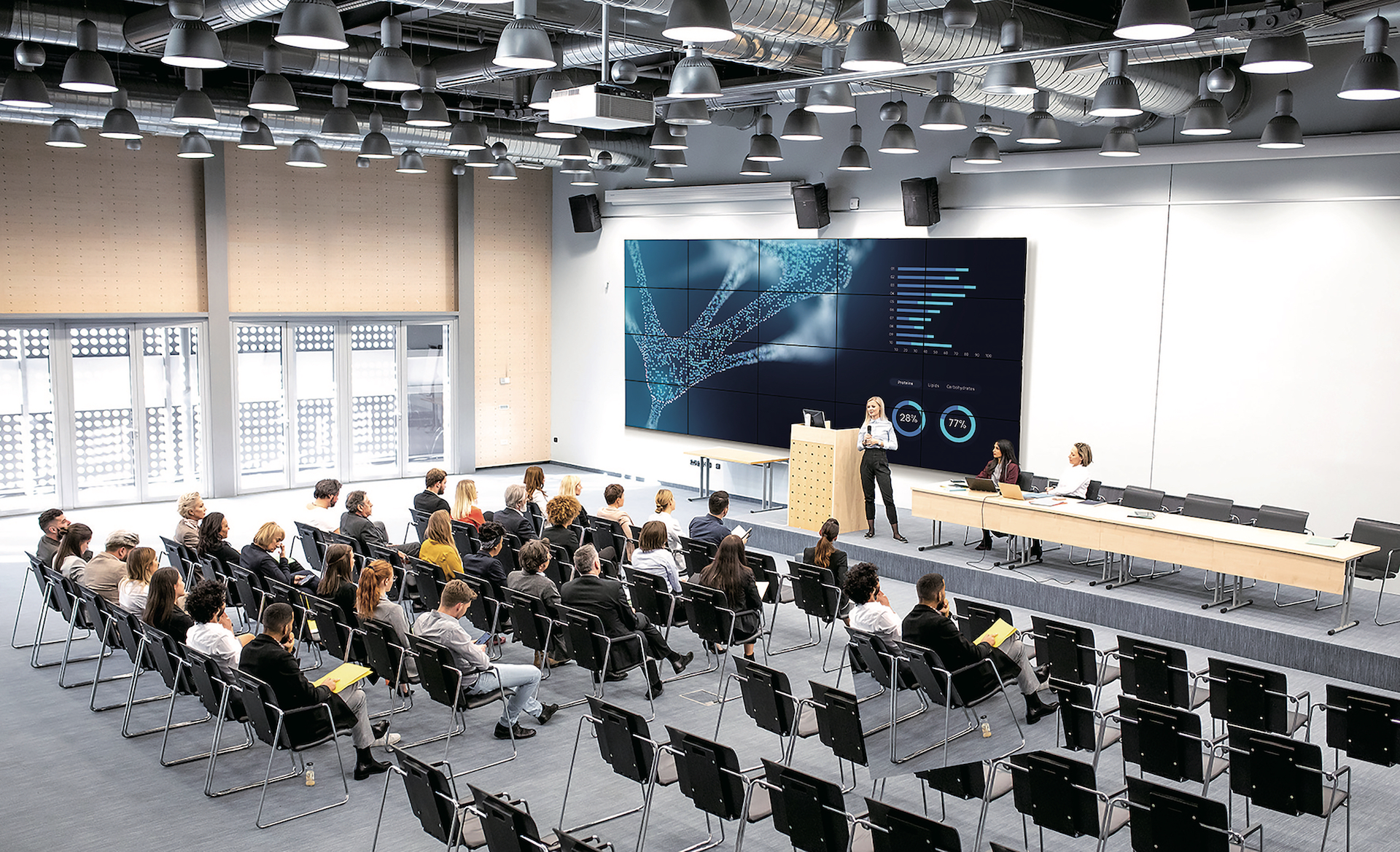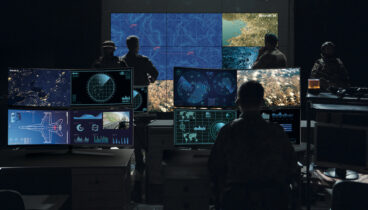In the past few years, public sector organizations have lost more than 600,000 employees. Without skilled employees, government agencies can’t provide the services or protection at the core of their missions.
One move that agencies can make to retain and attract employees — and ensure their team works as effectively as possible — is to provide more productive public sector training. Workforce development is a top priority at the state level, and the Office of Personnel Management has an entire policy and specific approach to training and development in the federal government. The U.S. Government Accountability Office (GAO) is also strongly considering standing up a federal academy focused on improving employees’ digital expertise. Meanwhile, the Defense Department was set to spend $12 billion on training and education during the 2022 fiscal year. Military training and technology runs the gamut from combat readiness for new military tactics to cybersecurity protection.
In addition to military training, agencies are providing a wide array of training courses, both on site and virtually. Training topics range from learning how to prevent growing cybersecurity threats to improving customer service skills.
Over the years, many public sector agencies have adopted digital training tools, but many are still one or more generations behind. As a result, many still rely on projectors and dry-erase boards, or even paper flipcharts and chalkboards. These older learning aids and technologies are no longer the best way to collaborate, and they don’t work well at all for remote learning. Projectors often aren’t bright enough, and their resolution and picture quality are often a bit blurry. Dry-erase boards have their own challenges: their white finish can create glare, and your work can’t be saved electronically.
Upgrading to modern, collaborative training tools such as interactive whiteboards improves the learning experience for everybody. Here’s how trainers can use display technology like Samsung’s Interactive Pro to facilitate learning and knowledge retention.
Modern public sector training is interactive
Preparing the lesson: Instructors can create and change agendas, curriculums, outlines and guidelines simply by logging in, and save course material for later use.
Presenting material: Instructors and students attending class in person can write, annotate or draw on the screen. For example, an instructor could bring up a specific map from the internet, draw on the map to illustrate their point, incorporate video or other diagrams, and then send the result to participants.
Learning and retaining material: Large screens, like those available in a wall-mounted or portable interactive display, ensure that students see the big picture. And 4K UHD resolution ensures that images, videos and documents will be reproduced clearly and accurately, while the large screen has been proven to help with retention. Trainers can save files and email them to students to reinforce what they’ve learned.
Simplicity is best
When employees are taking time out of their work schedule to undergo training, you want to make the most of their time. That means being able to simply show up to the classroom or quickly sign on right before the lesson starts. The key to this smooth transition is technology that’s easy to use and requires minimal training. Interactive displays should integrate with technology people are already comfortable with, like web browsers and Microsoft 365, along with other intuitive tools.
Transform government training for tomorrow
Transform government training for tomorrow Download Now
Instructors benefit from technology that’s easy to set up and to use, like an interactive display that can screen-mirror from a range of mobile devices and offer multiple connectivity options. The ability to cast wirelessly from most laptops, smartphones and tablets untethers instructors and students from the display at the front of the room and promotes engagement.
Displays that can swivel and are easy to move between locations also improve flexibility.
Supporting remote training
While in-person attendees can take advantage of on-screen drawing and editing, remote attendees can also save and email files and share their screens. With the right technology, a remote student with a standard laptop can share their screen to the interactive display, allowing the entire class to see it simultaneously.
With integrated webcams and videoconferencing software, remote attendees can see everything going on in the classroom, allowing them to feel like a more present part of the experience. Extending these capabilities to remote learners is important, especially since remote collaboration is becoming the norm throughout government agencies.
An emphasis on security
Security is always top of mind at government agencies, and the need for high-security training ups the ante. An interactive whiteboard like the Samsung Interactive Display can help ensure security by choosing a password for content access and shutting down when instructors log off.
To comply with government security requirements, Samsung also can remove the wireless connection option from its interactive displays, reducing the chance of cyber incidents. With Miracast for PCs and DeX for Samsung phones and tablets, direct Wi-Fi and bidirectional connectivity allow organizations to maintain wireless casting capabilities without an active internet connection.
The labor shortage isn’t going away anytime soon, and the public sector in particular is feeling the crunch. Effective training — where and when employees need and want it — is a critical component to retaining and retraining valuable government employees. Versatile, interactive display technology can help agencies achieve these goals.
Discover how government agencies can harness the latest technology trends for training and learning in this free guide. And explore more interactive display solutions that can help you enable collaboration and communication in the workplace, classroom and virtually anywhere in between.








